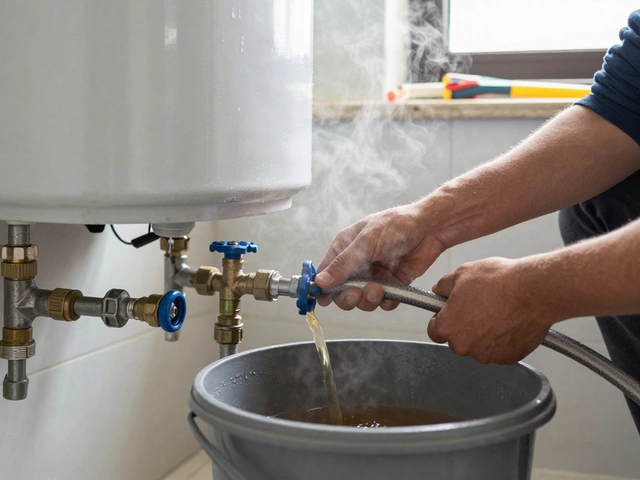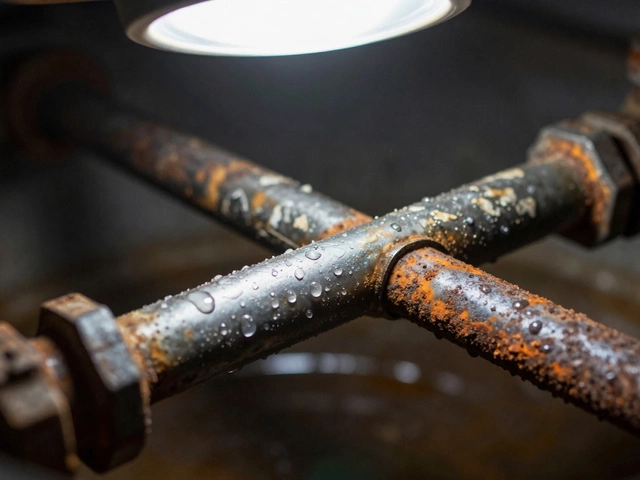Gas Stove Problems: How to Spot, Fix & Stay Safe
If your gas stove is acting up, you’re not alone. Most households face a flickering flame, a stubborn igniter, or a whiff of gas at some point. The good news? Many of these issues are easy to diagnose and fix yourself, as long as you follow basic safety steps.
First things first – always turn off the gas supply before you start any work. A quick twist of the shut‑off valve on the wall will keep you safe while you check connections, clean parts, or replace components.
Top 5 Everyday Gas Stove Issues
1. No spark or clicking sound. If the burner won’t light, the ignition electrode may be dirty or misaligned. Clean it with a toothbrush and a little vinegar, then try again. If the click keeps happening without lighting, the spark module could be faulty and may need replacement.
2. Uneven or low flame. A clogged burner hole or a dirty gas nozzle restricts flow. Remove the burner grate, soak the burner in warm, soapy water, and use a thin wire to clear any debris from the holes. Rinse, dry, and reinstall.
3. Gas smell. A hissing odor means a leak. Check the connections at the stove and the wall valve. Apply a little soapy water – bubbles will form where gas escapes. Tighten the loose fitting, but if you can’t locate the leak, call a qualified technician right away.
4. Pilot light won’t stay lit. Dirt on the pilot or a weak thermocouple can cause this. Gently clean the pilot with a soft brush, and if the flame still fades, the thermocouple may need replacement – a simple part that most DIYers can handle.
5. Burner makes a loud popping noise. This usually means the gas‑air mix is off. Adjust the air shutter on the burner (a small metal plate) until the flame turns blue and steady. A blue flame means proper combustion; a yellow one signals excess air or a dirty burner.
When to Call a Professional
While many fixes are DIY‑friendly, some situations call for an expert. If you’ve tried cleaning, checking connections, and the stove still won’t light, the internal gas valve or electronic control board could be at fault. These parts involve high‑pressure gas lines and electricity – a certified technician will have the tools and knowledge to work safely.
Also, if you detect a persistent gas odor after tightening connections, stop immediately and evacuate the area. Call your gas supplier or a licensed plumber before attempting any more work.
Regular maintenance can prevent most problems. Give your burners a quick wipe after each use, check the ignition electrodes monthly, and schedule a professional tune‑up once a year. A little attention now saves money and headaches later.
At Hinckley Home Appliance Repair Services, we specialize in gas stove repairs. Our technicians know how to fix igniters, replace valves, and restore proper flame performance fast. If you’re stuck, give us a call – we’ll get your stove back to cooking safely and efficiently.
Remember, a well‑kept gas stove cooks better, uses less fuel, and keeps your kitchen safe. Follow these simple steps, stay alert for any gas smell, and you’ll enjoy reliable cooking for years to come.
25 January 2025
·
0 Comments
Whether it's a stove, heater or water heater, gas appliances face their share of issues. They might just give up on you unexpectedly, leaving you puzzled. Understanding common problems such as gas leaks, ignition problems, or blocked burners can save you both time and money. This guide dives deep into practical solutions and preventative tips. Discover useful insights to get your appliances running like a charm once more.
Read more






